Vehicle warranty of 3 years / 100,000 kms:

The surprise package with the D-Max is the 2.5L diesel engine. With 136 horses and 294 nm of torque (starting from 1,800 rpm), this is the most powerful vehicle in its class. The engine is Euro IV compliant too, which means you can buy it in the metros (
commercial registration only).
Twist the key and the engine rumbles to a rather clattery idle. Standing outside, this is just another commercial vehicle, with a characteristic clatter & noise. In fact, it sounds uncannily similar to the 140 BHP Tata Xenon. Blip the throttle and the rpm needle readily jumps, with an audible turbo whistle to match.
Everything changes once you roll up the windows. Gone is the clatter, gone is the noise. The level of sound deadening is truly fantastic. Isuzu could have used the cost cutting knife here, yet they smartly chose not to. Some hatchbacks can take sound deadening tips from this vehicle, especially the noisy red Liva sitting in my garage. As you press the ultra-light clutch, you realise that the driving experience is very car like. The gearshift is precise; not Honda precise mind you, but still better than most diesel beasts south of 30 big ones. The gears slot true and perfect.
Isuzu calls themselves the "diesel engine specialists". My initial thought was "
Meh, just another powerful truck like the Xenon. A 136 BHP 2.5L diesel in this decade is nothing phenomenal. If it had 200, then we'd be talking". Slowly, as I drove, my tune changed to "
Oh yeah"! Next time you are in your diesel SUV, slot to third gear at idle rpms. Let the vehicle putter at idle in third gear, then stomp on the accelerator. You'd be hard pressed to find any acceleration for the first few seconds.
Not the D-Max. Any gear, any rpm, it is just eager to pull. 800 rpm in 3rd gear sees 20 kph and from there, the same gear pulls all the way to a 100. Heck, 1100 rpm in 5th gear sees about 50 kph on the speedometer. Start pulling, and this thing goes like an electric locomotive. There exist few 140 BHP UVs with variable geometry turbos that behave like the D-Max. If you've taken your UV mountain driving, you know that the Achilles heel is low end torque. It's where many entry-level common-rail diesels falter.
With a 1.5 ton payload capacity, low end torque has to be good. There is no alternative. So what do we have here? A torque monster not capable of running in a straight line? Well, this is where the 'specialist' bit comes in. As I stomp the pedal with the stopwatch ticking away, 0 - 100 is dismissed in less than 12 seconds (with the air-con running, mind you). It's capable of effortlessly cruising too. 100 kph in 5th gear is seen at 2,000 rpm. That is the start of the 1800-3200 rpm peak torque band.
If you are a frequent highway traveller, you would have encountered that silly pickup truck, throttle on full, belching smoke and trying to outrun anything & everything. With a blip of the throttle on your hatchback or sedan, you leave him behind as soon as you approached the 3 digit mark. Try that with an Isuzu. This pickup pulls to 120 kph+ at 2500 rpm, smack in the middle of the peak torque zone. The needle just climbs and climbs. At around 3,000 rpm comes 140 kph and the D-Max is still not out of breath. Its only when you cross 150 that the truck starts losing its pep. I saw 160 kph and have no doubts on the declared 175 kph top speed. Give it enough road and the Isuzu will hit that number. Not your typical commercial vehicle then, is it? Best part is the noise....or rather the lack of it. Most commercial vehicles would drown you in the din of road & wind noise at these speeds. The D-Max has adequate insulation and the unwanted sounds are well under control.
NOTE: All high speed tests were conducted on a private track. Team-BHP does NOT recommend or encourage illegally high speeds on public roads.
The end of the test track is coming up and, as I stomp on the brakes, I am brought down to earth. This vehicle has a very serious problem = Brakes. Don't get me wrong, the calipers & discs are just fine. They bite true and they bite hard, but without any ABS, those skinny 215s are just going to be laying rubber on the road. The most powerful vehicle in its class runs on skinny tyres and doesn't have ABS! This is a true "duh" moment. What was Isuzu thinking? Yes, its competitors don't offer ABS, but they don't embarrass hot hatches either. This is a glaring omission. Hopefully, Isuzu will make a correction here and offer ABS as standard (
there's a law to that effect coming soon).
At the front is a coil-spring independent suspension, while the rear has a leaf-spring design (7 leaves). The stiff suspension results in a bumpy ride. A contributor are the leaf springs which are an absolute requirement for load carrying functionality. That said, it's no bone jarring thud. The bumpy ride is similar to most leaf-sprung SUVs. Things might get better with load, as is usually the case with these kind of vehicles.
I found the D-Max' handling to be predictable, even with the skinny tyres. The low stance means body roll isn't scary (far lesser than its competitors). It's easy to drive and grip levels are reasonable. Like other RWD trucks though, push hard and it will lose its tail. Fun on the track, not on public roads. Be cautious.
Add a performance chip, grippy tyres and we could have our own truck racing championship. If the D-Max ever comes with a 4x4, I feel this is the ideal vehicle to run the raid or desert storm. Isuzu says there are no plans to offer a 4x4 variant until local production is achieved (it's currently built from CKD kits).
Runs like a horse on the open road:
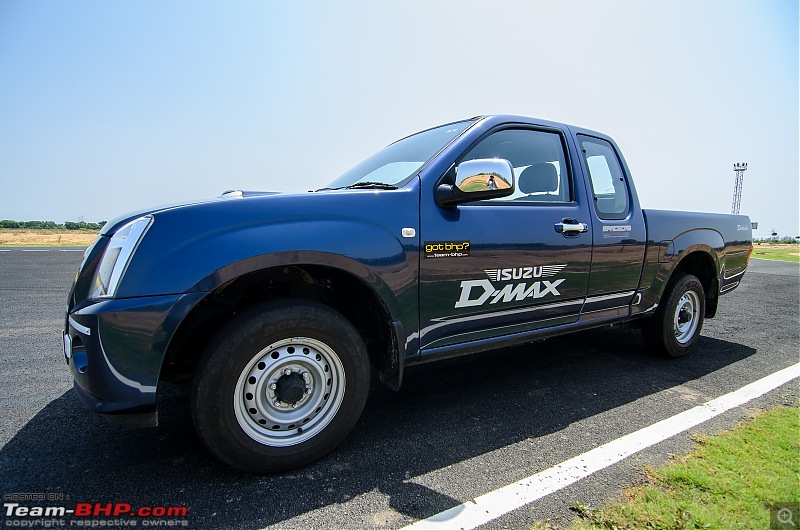
When the bed is empty, expect loss of traction on uneven surfaces. No limited slip diff means lots of wheel spin:

Engine can handle -30 degree C!

Service interval is 5000 kms. However, oil change interval is 20,000!

Intercooler air inlet often means insects etc. The D-Max has a mesh shield. Easy cleaning:

Air intake sits fairly high, as does the ECU:
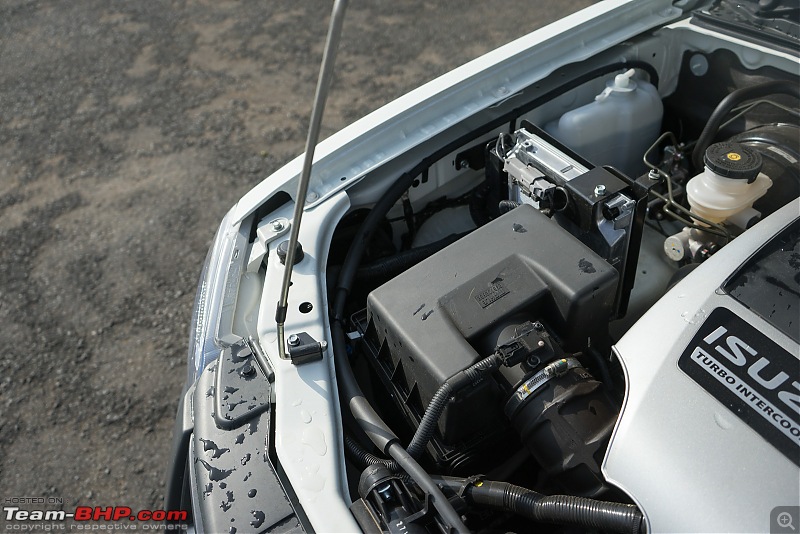
Lots of stuff made in Thailand. ECU doesn't have an enclosure and seems susceptible to water. A rubber cover (like the Safari) would have been nice, considering our weather conditions & love for pressure washes:
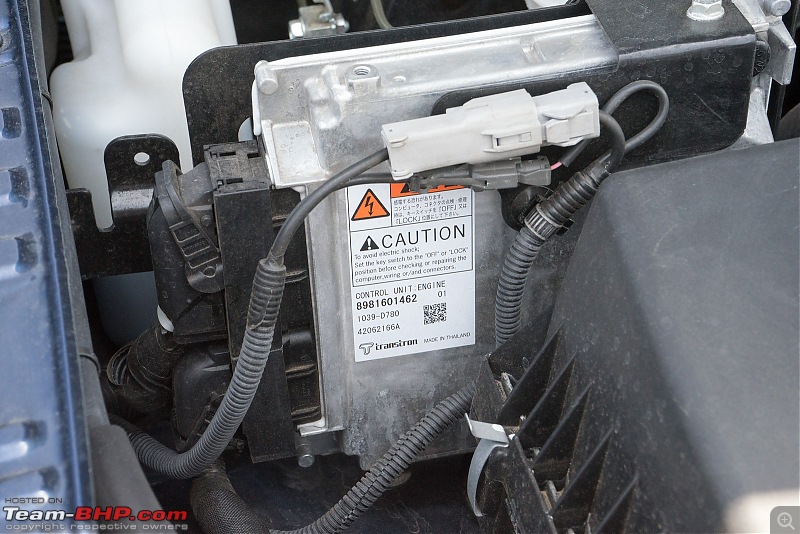
Adequate insulation on the firewall:
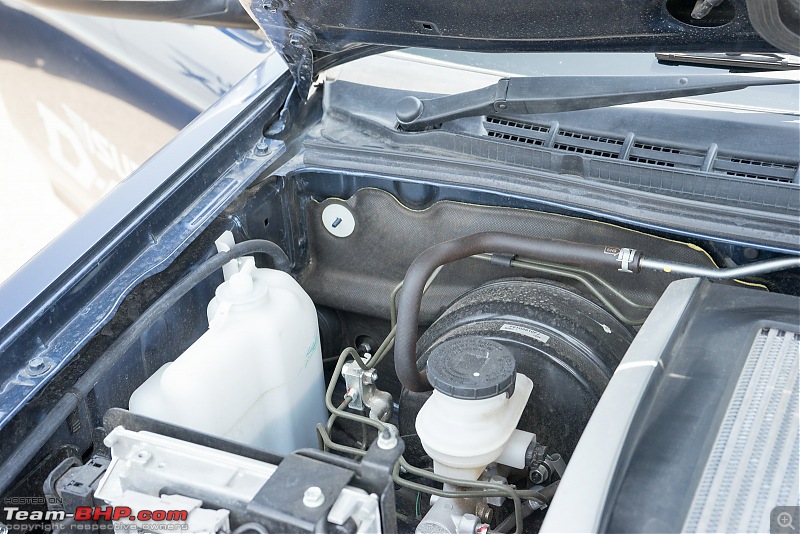
Engine gets a solid guard below, but the oil sump is exposed (rear of picture). Bolt holes for aftermarket plates appear to be available:
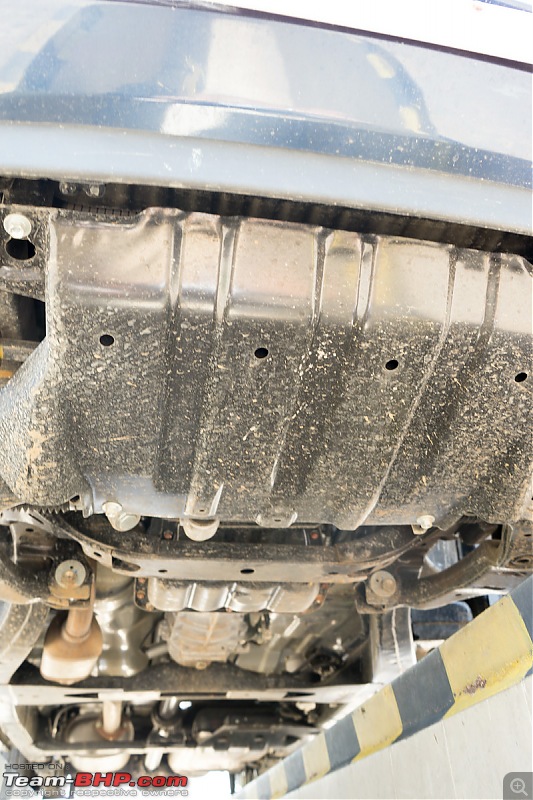
76 liter fuel-tank gets a solid metal guard. This one can take a beating. ARAI rating = 13.26 kpl:

Brake discs are properly protected against road grit. Notice the caliper housing design as well:

Stuff normally given to workshops only (like belt tension) is mentioned in the owner's manual:

It tells you how to decode the VIN, a rarity!
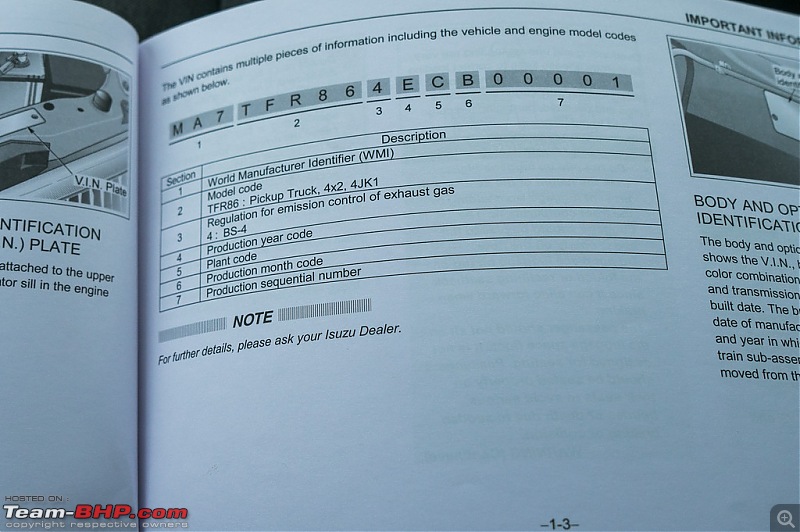
Helpful information on minor repairs (
e.g. bulb replacement):

Proper tool kit, with spanners & pliers:


 (34)
Thanks
(34)
Thanks

 (28)
Thanks
(28)
Thanks

 (25)
Thanks
(25)
Thanks

 (27)
Thanks
(27)
Thanks

 (52)
Thanks
(52)
Thanks

 (1)
Thanks
(1)
Thanks

 (5)
Thanks
(5)
Thanks
 (2)
Thanks
(2)
Thanks

 (1)
Thanks
(1)
Thanks

 (2)
Thanks
(2)
Thanks
 (6)
Thanks
(6)
Thanks




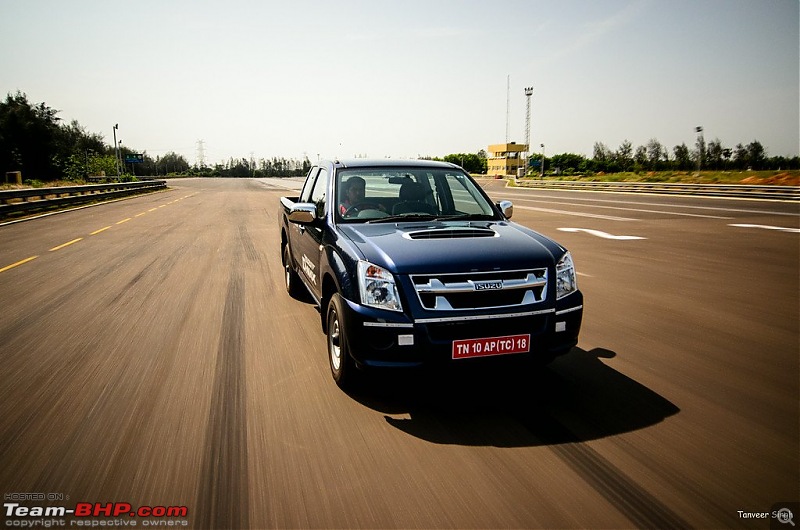

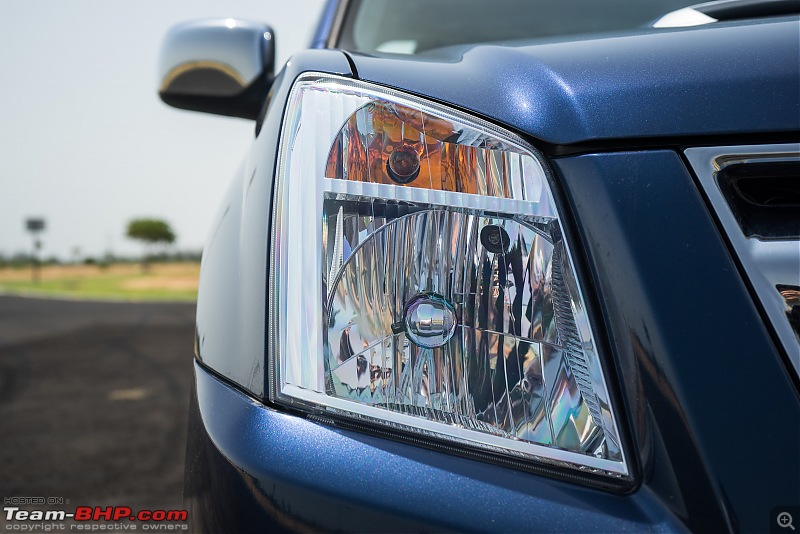
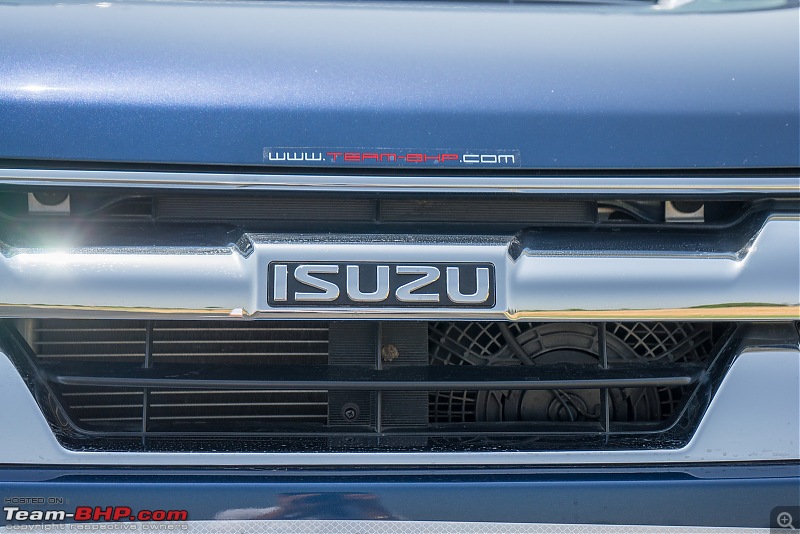

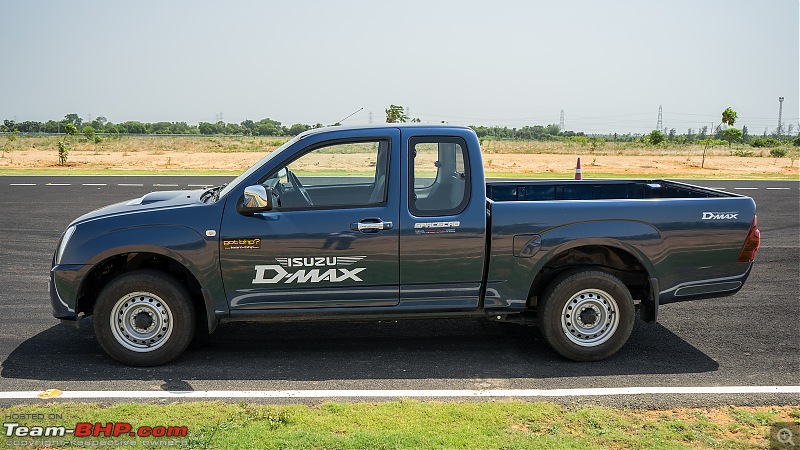
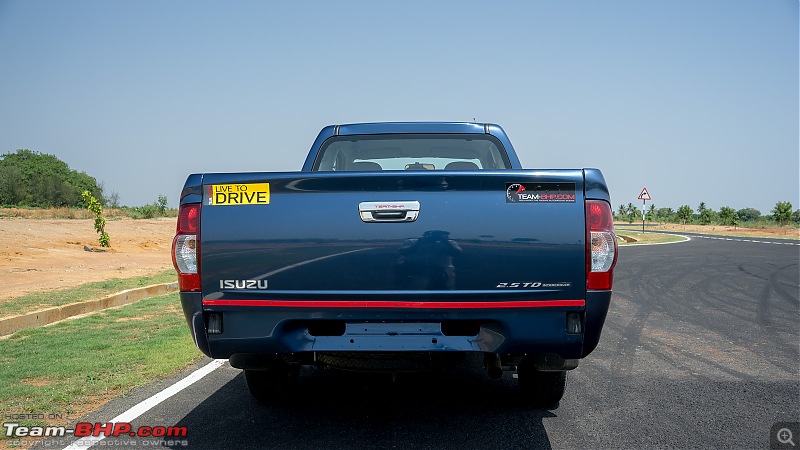
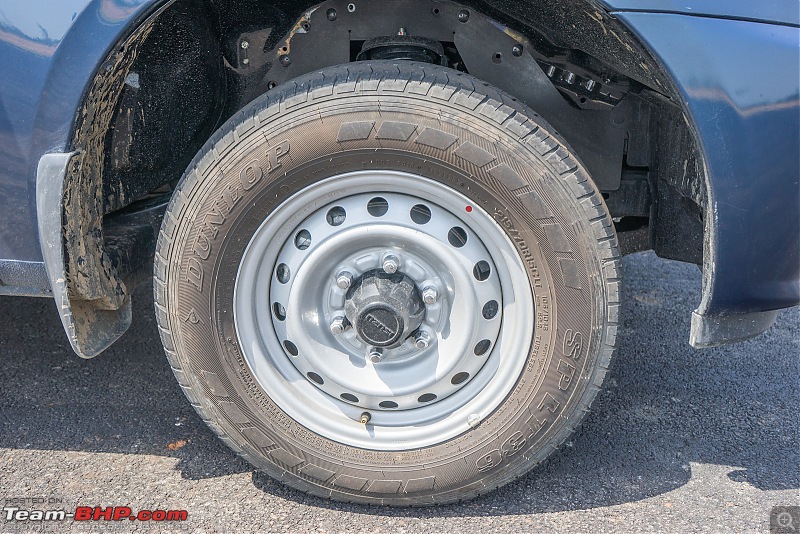


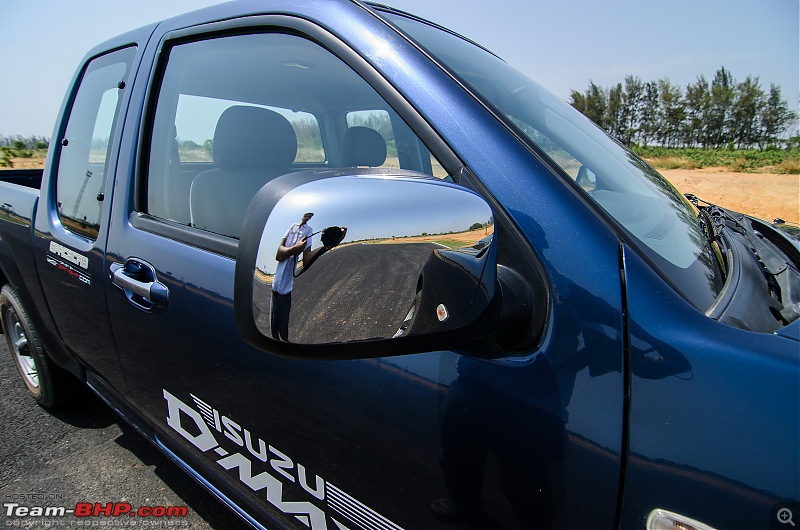

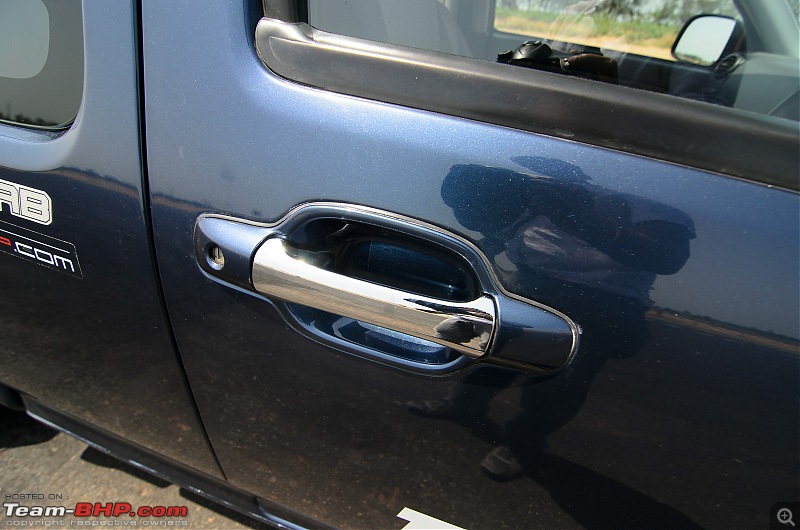

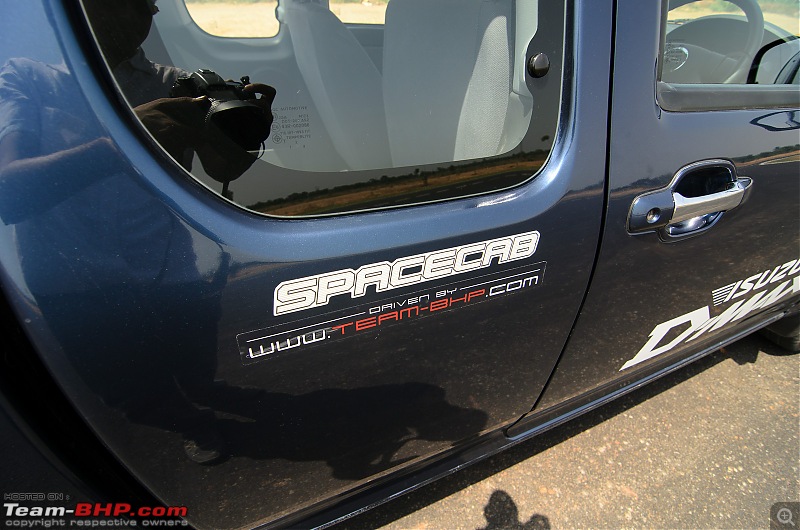



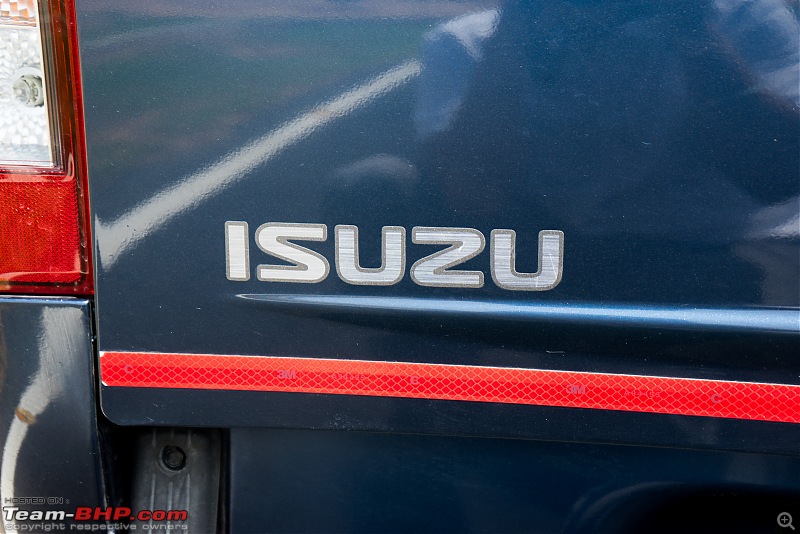
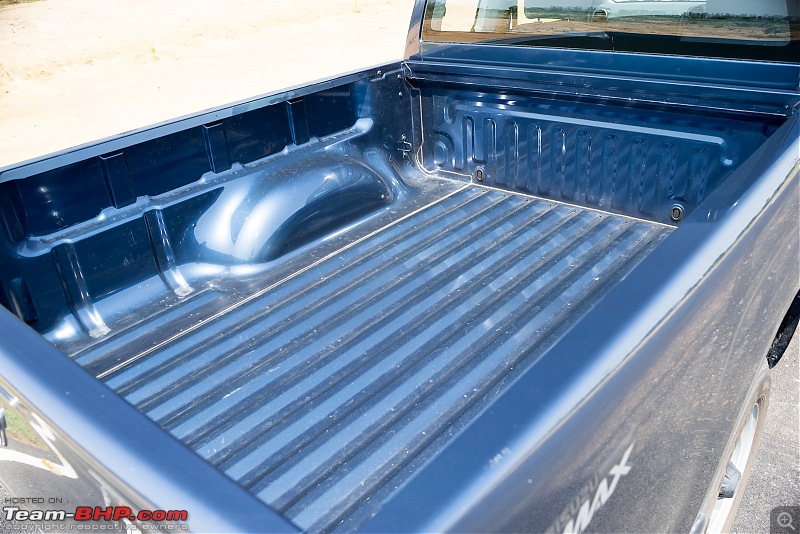

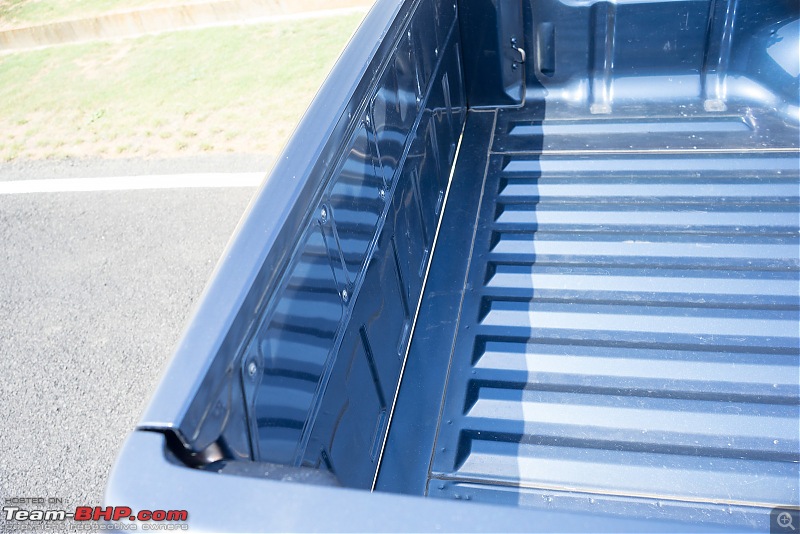
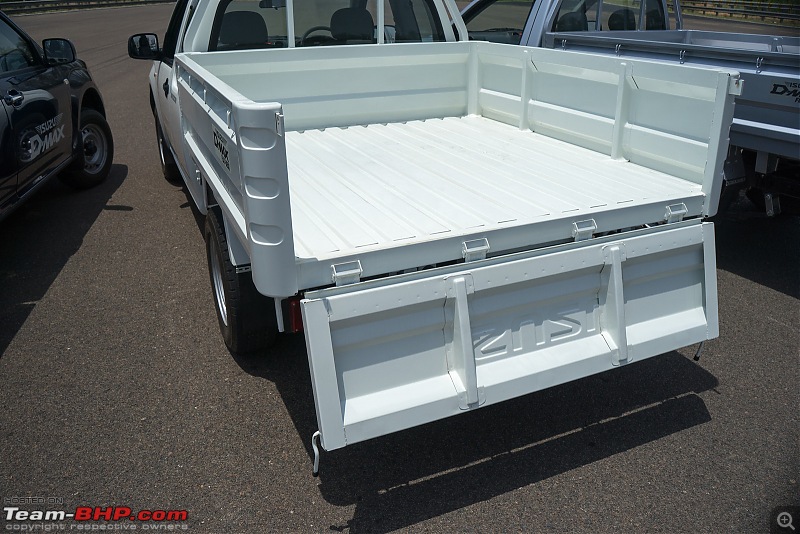
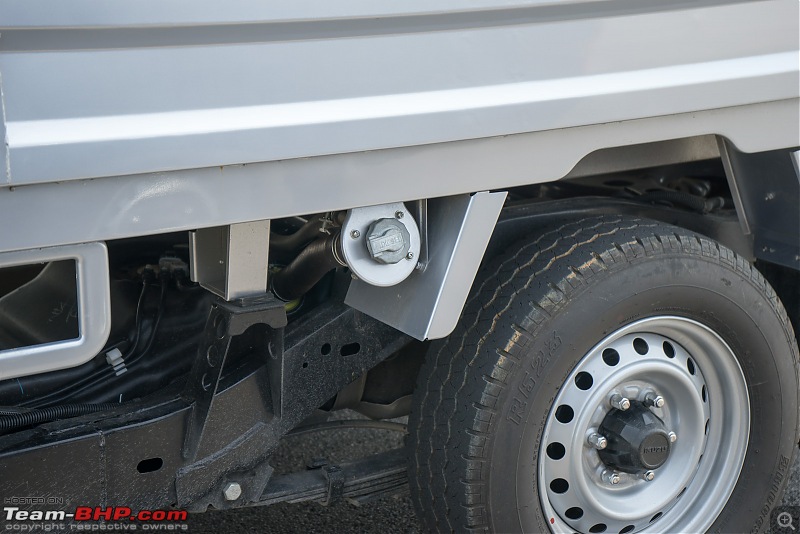
 ) parked together. The non-space cab variant is only available in the base trim level. The space cab has a bare bones as well as top-end variant (which we tested):
) parked together. The non-space cab variant is only available in the base trim level. The space cab has a bare bones as well as top-end variant (which we tested): 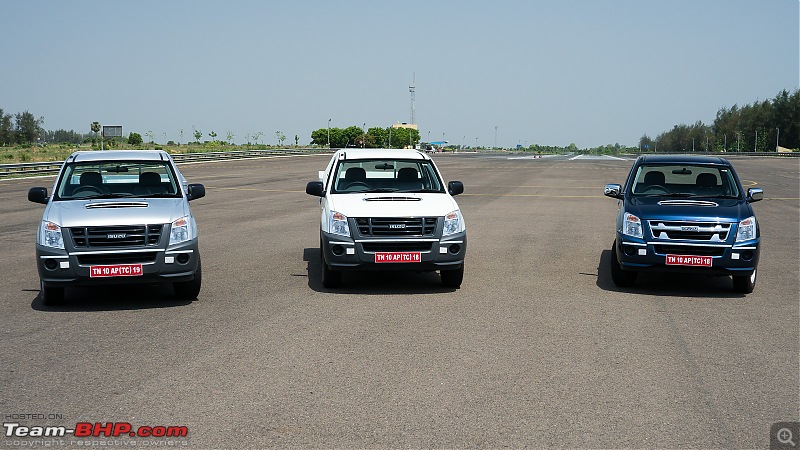
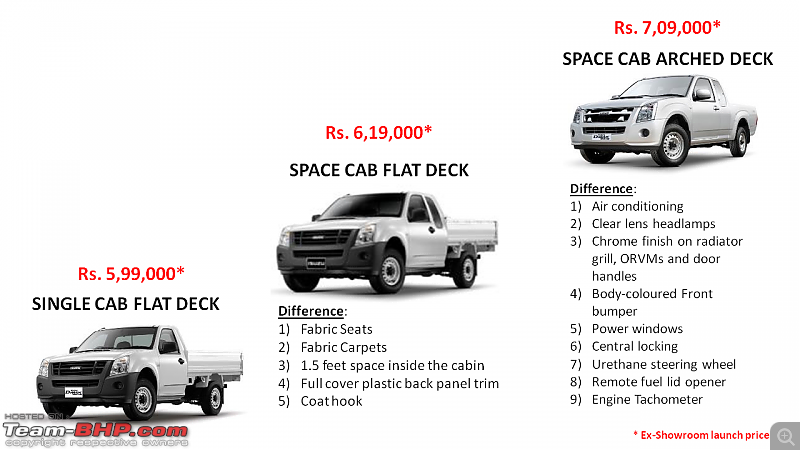

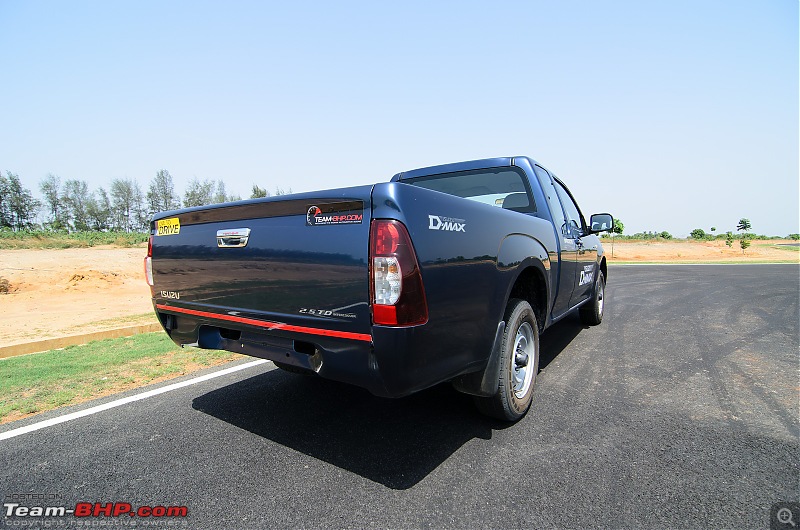
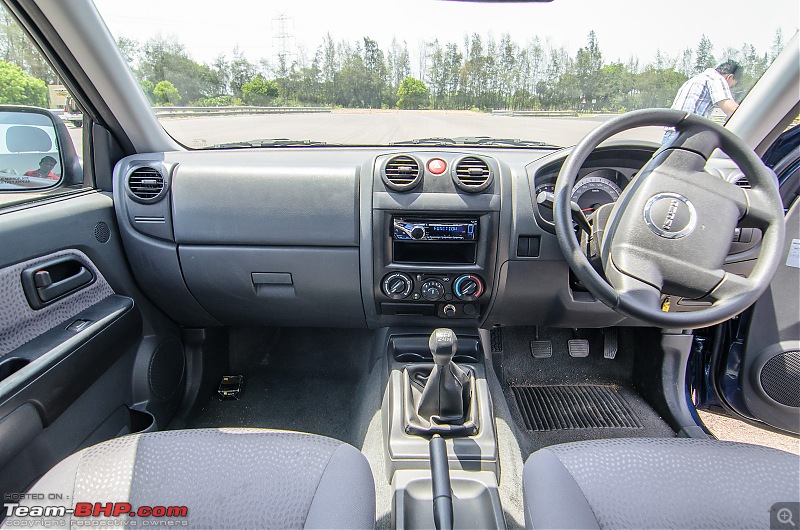


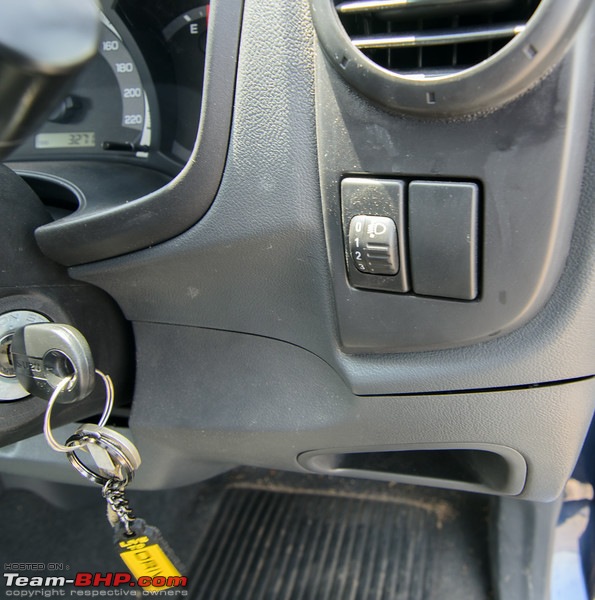


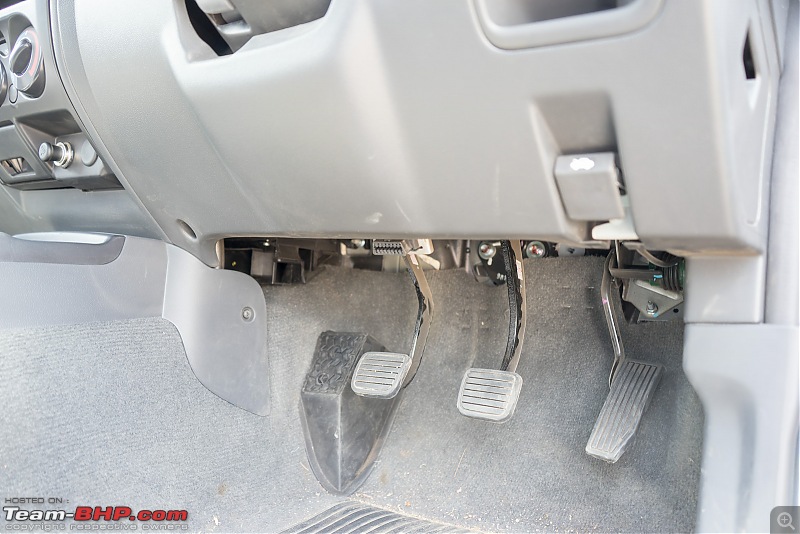

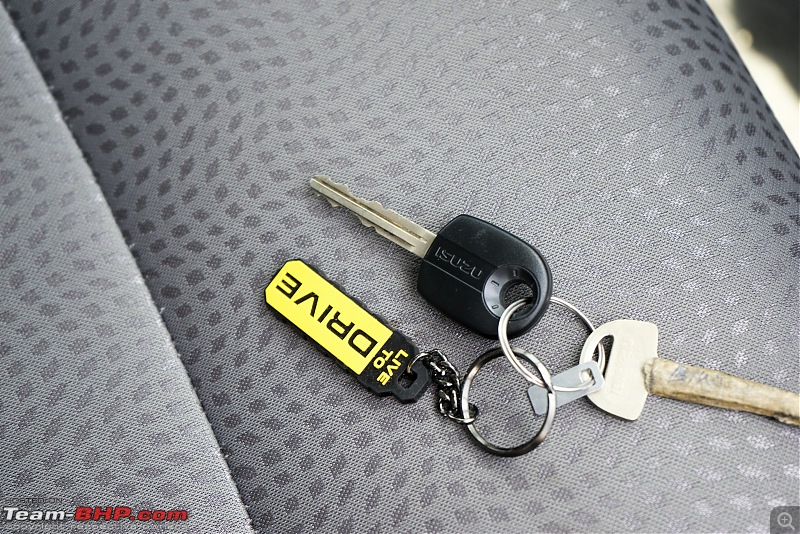
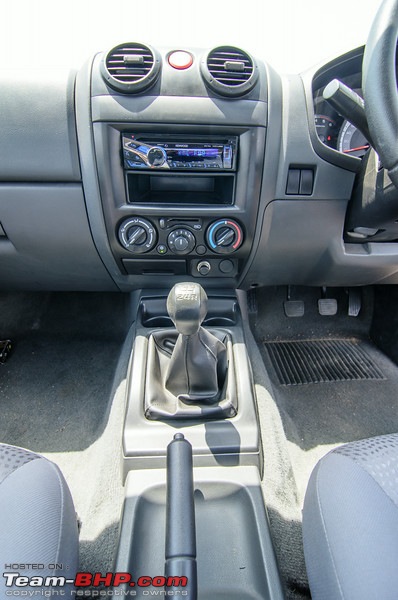






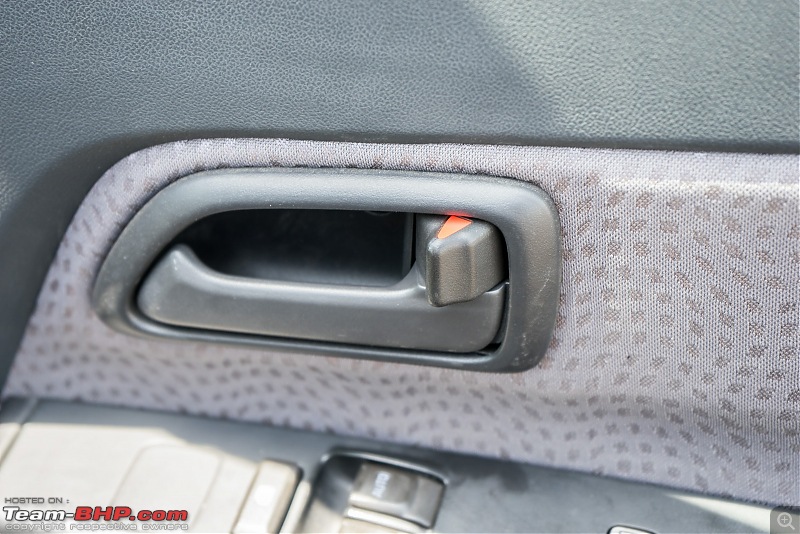


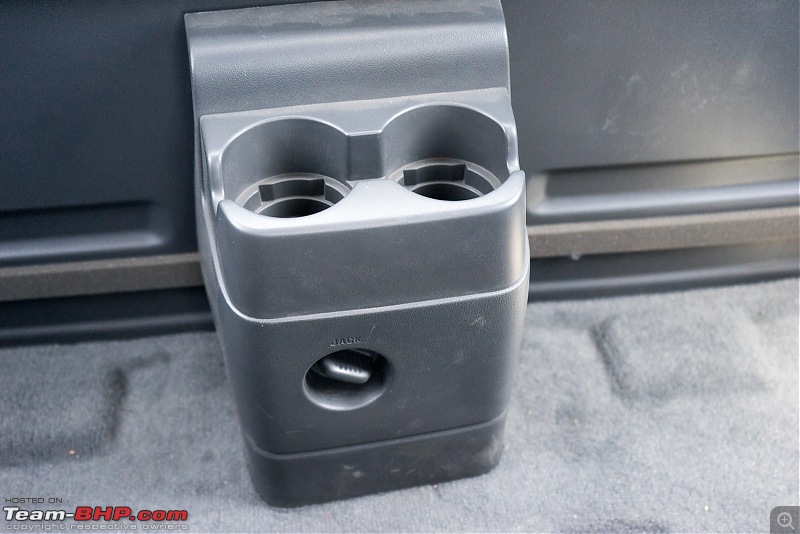
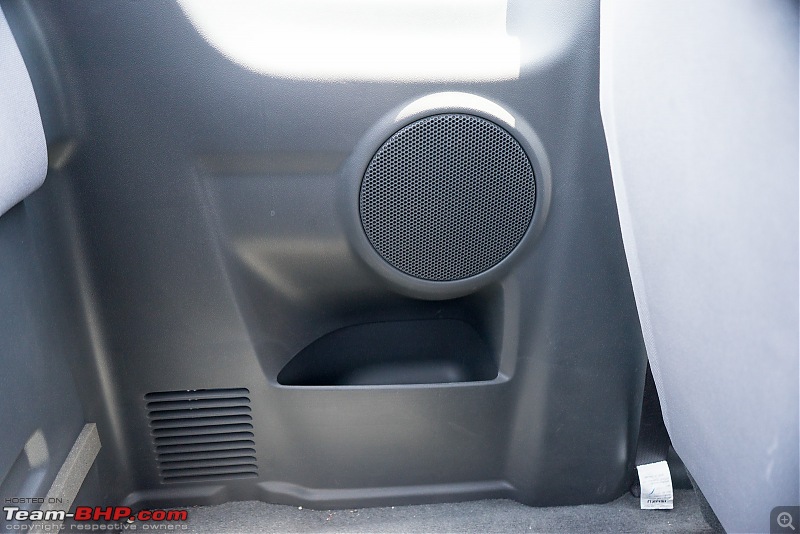
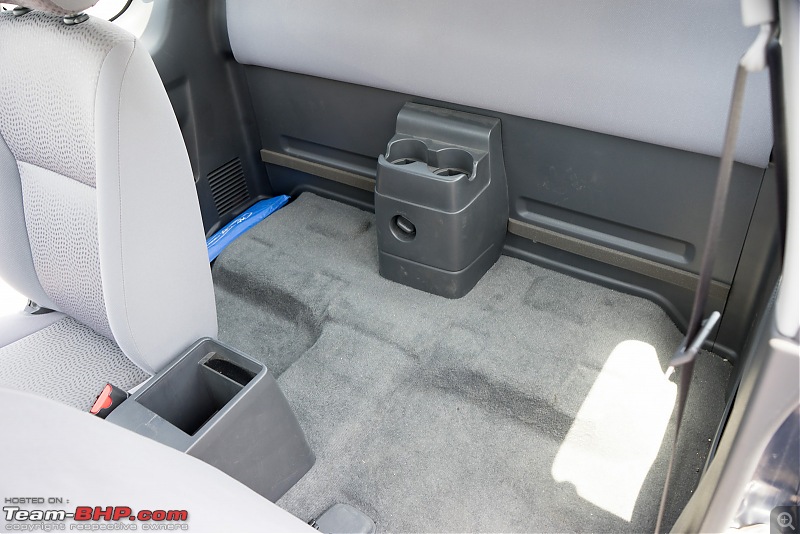



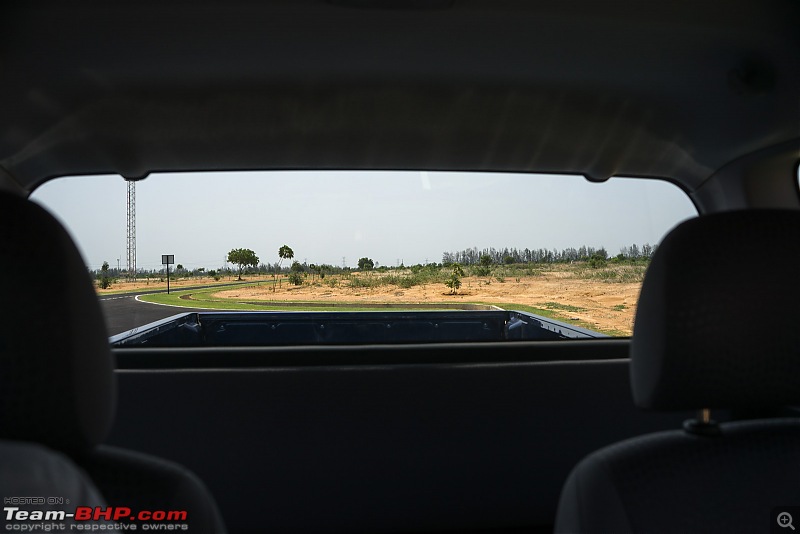
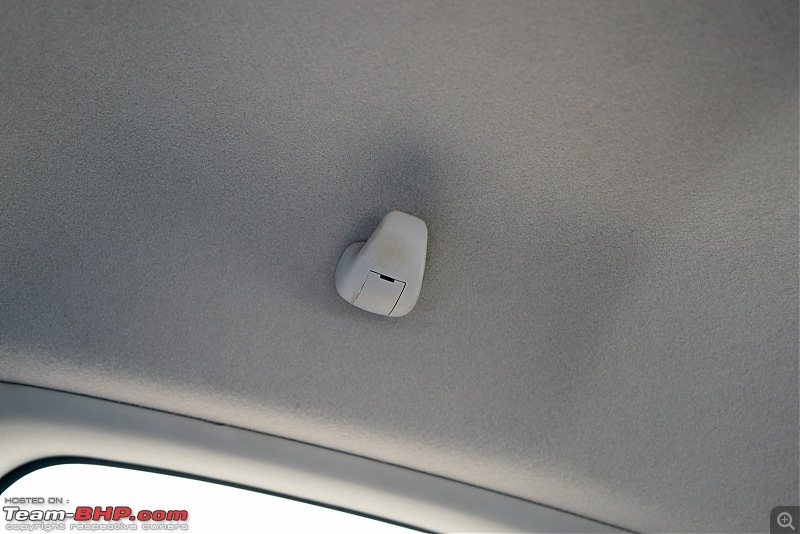
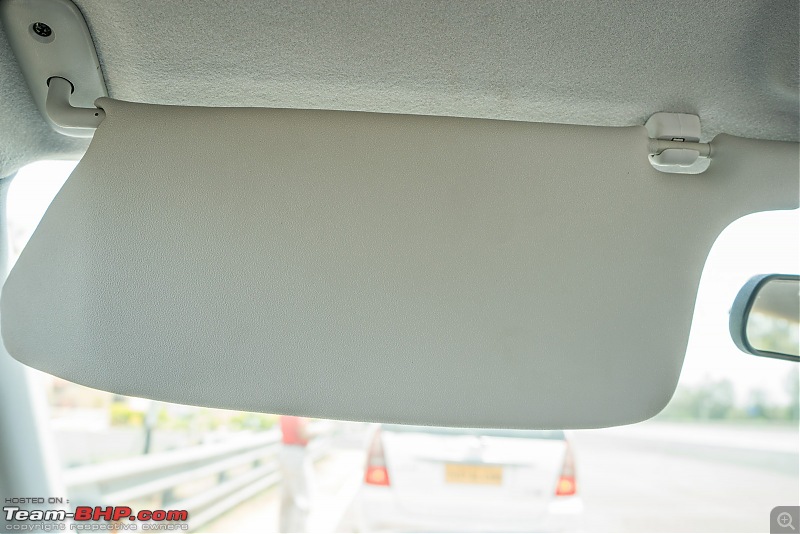
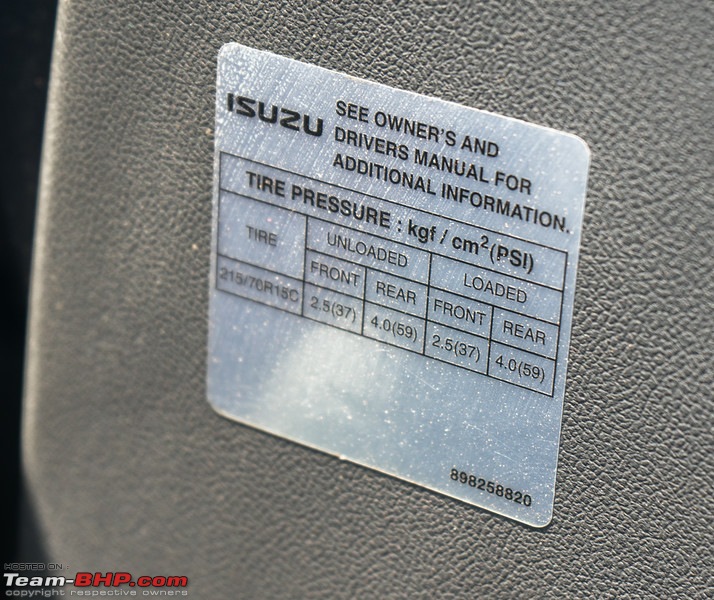

















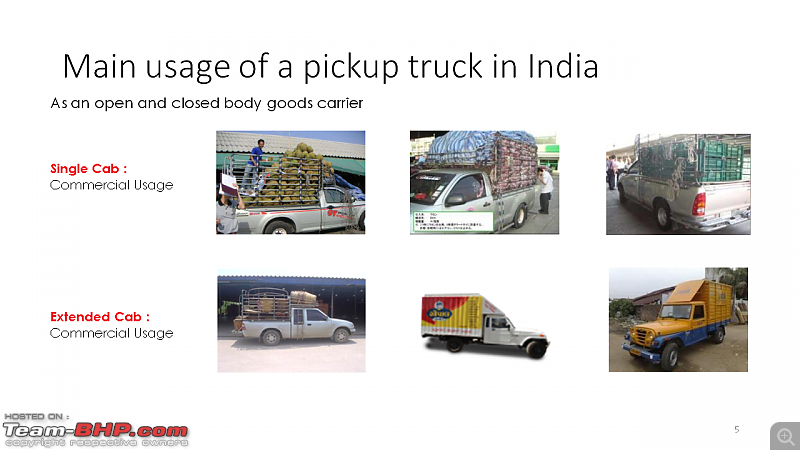


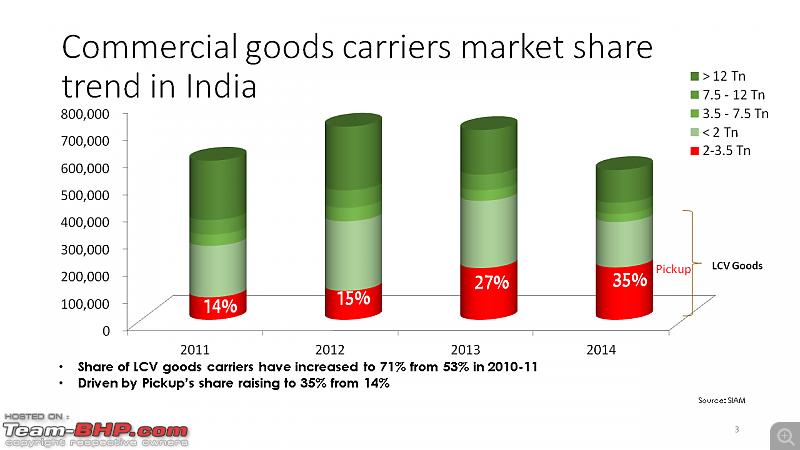
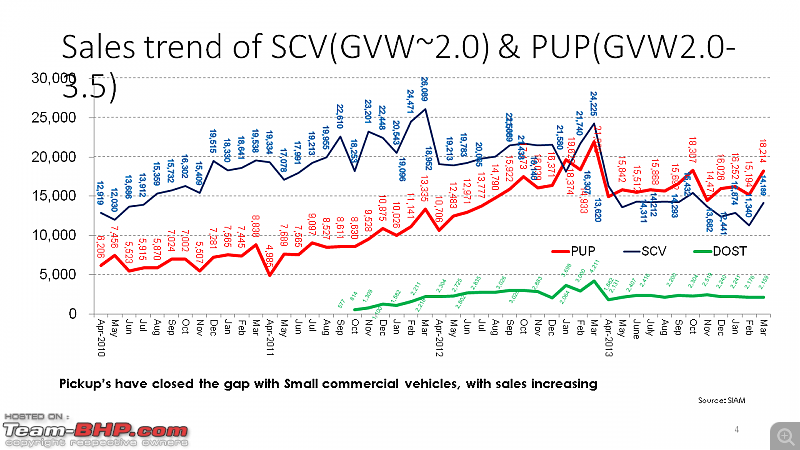



 The plastic bits on the inside, the paint job and the fit and finish of the trim looks top notch from those photographs. Great to hear about the NVH rating which can shame some new cars. Hope the quality stays up like this even after localization.
The plastic bits on the inside, the paint job and the fit and finish of the trim looks top notch from those photographs. Great to hear about the NVH rating which can shame some new cars. Hope the quality stays up like this even after localization. 